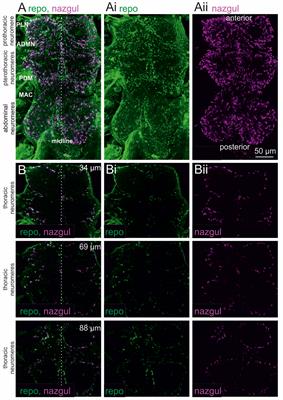CORRECTION
Published on 07 Nov 2018
Addendum: Effects of a 5-HT1B Receptor Agonist on Locomotion and Reinstatement of Cocaine-Conditioned Place Preference after Abstinence from Repeated Injections in Mice
doi 10.3389/fnsys.2018.00048
- 1,897 views
22k
Total downloads
131k
Total views and downloads
You will be redirected to our submission process.
CORRECTION
Published on 07 Nov 2018
EDITORIAL
Published on 13 Jul 2018
ORIGINAL RESEARCH
Published on 28 Mar 2018
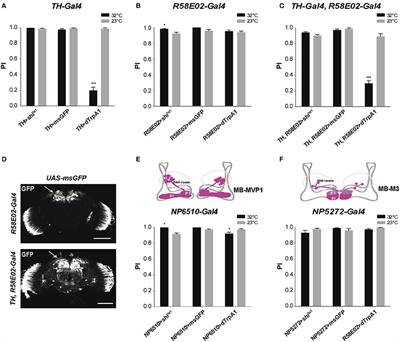
ORIGINAL RESEARCH
Published on 19 Mar 2018
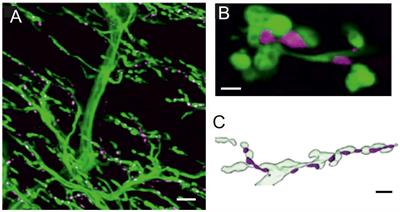
ORIGINAL RESEARCH
Published on 15 Jan 2018
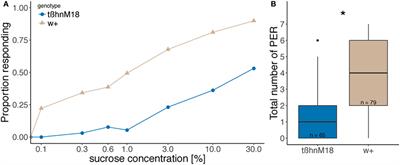
REVIEW
Published on 11 Dec 2017
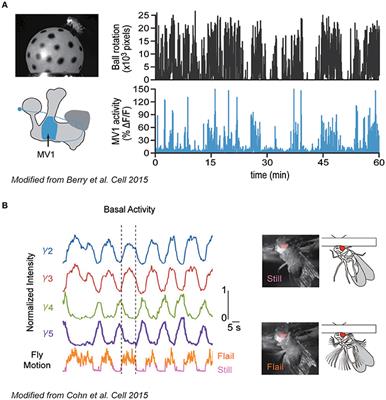
ORIGINAL RESEARCH
Published on 11 Dec 2017
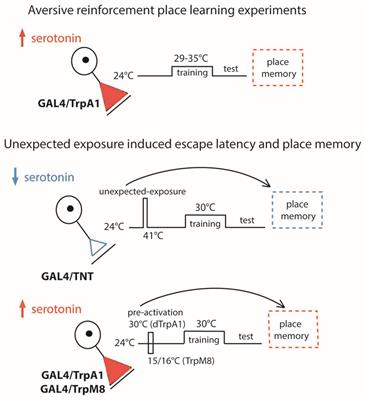
ORIGINAL RESEARCH
Published on 24 Oct 2017
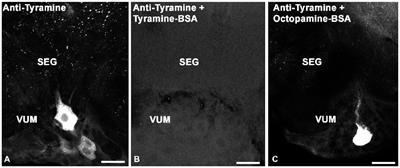
ORIGINAL RESEARCH
Published on 16 Oct 2017
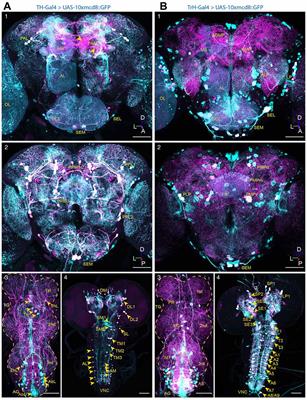
PERSPECTIVE
Published on 10 Oct 2017
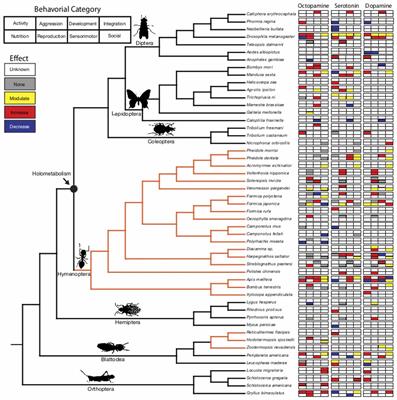
ORIGINAL RESEARCH
Published on 10 Oct 2017
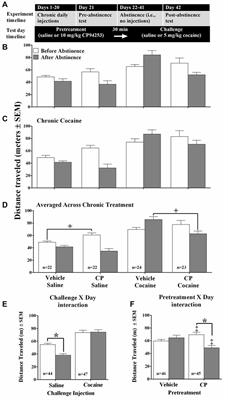
ORIGINAL RESEARCH
Published on 27 Sep 2017
